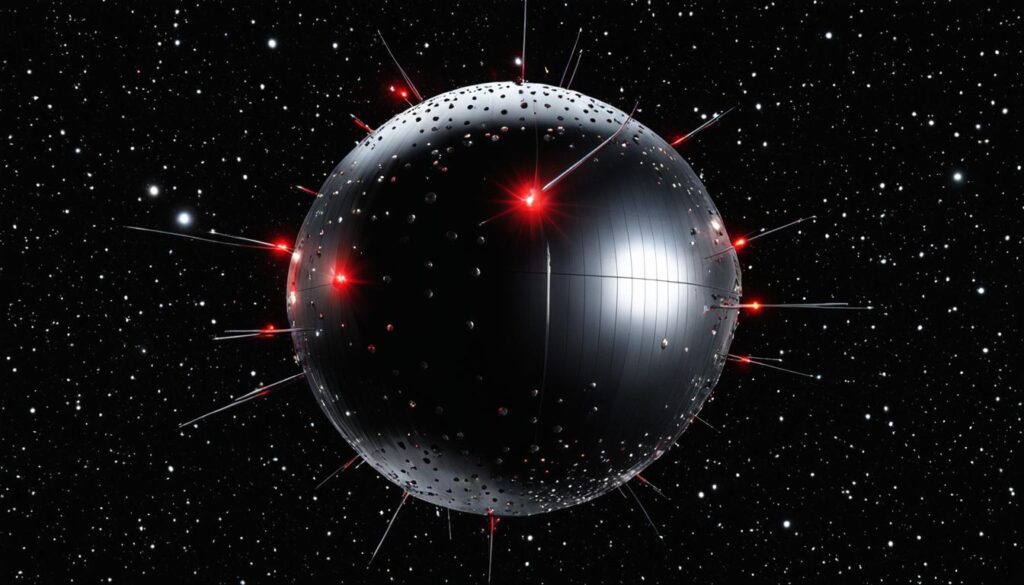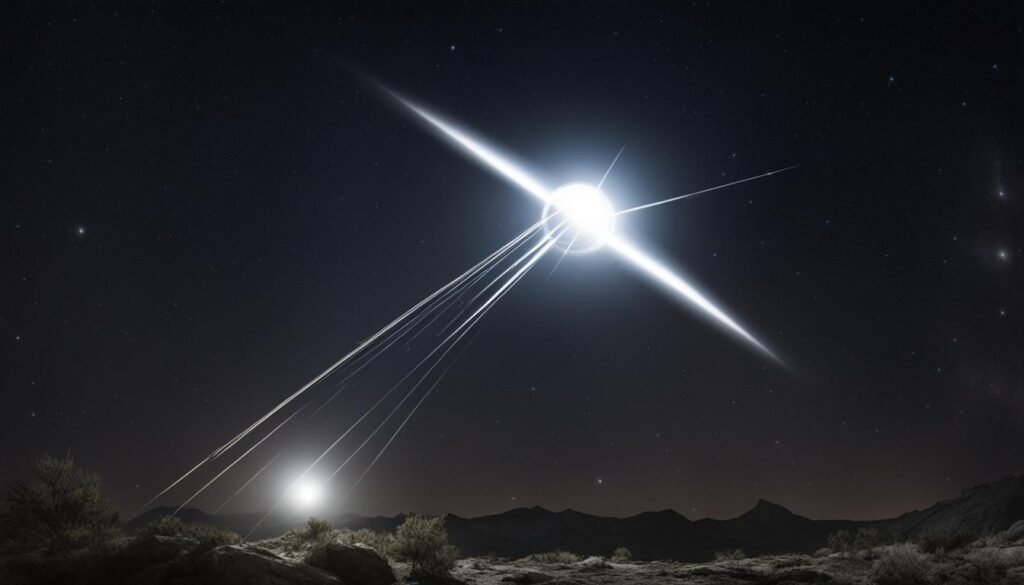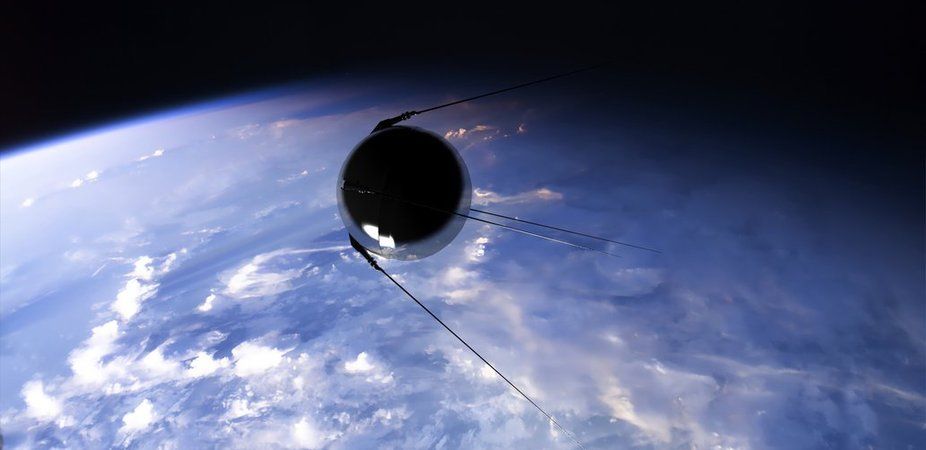The launch of the first artificial satellite, Sputnik 1, by the Soviet Union on October 4, 1957, marked a historic milestone in space exploration. This event came as a shock to the United States, who had hoped to achieve this scientific advancement first. Sputnik 1 weighed 184 pounds, making it heavier than anything the United States was developing at the time. Its successful launch intensified the arms race and raised Cold War tensions, as it demonstrated the Soviet Union’s technological superiority. This milestone paved the way for further advancements in space technology and communication satellites.
Key Takeaways:
- The launch of Sputnik 1 on October 4, 1957, marked the first successful orbital flight of an artificial satellite.
- Sputnik 1’s launch propelled the Soviet Union into the forefront of the space race and showcased their ability to achieve significant milestones in space exploration.
- Following the launch of Sputnik 1, the United States responded with increased efforts to compete in the space race.
- In response to Sputnik 1, the United States successfully launched its first satellite, Explorer 1, on January 31, 1958.
- The launch of Sputnik 1 sparked a new era of space exploration and the development of communication satellites, revolutionizing global telecommunications.

The Launch of Sputnik 1: The First Satellite in Space
The launch of Sputnik 1 on October 4, 1957, marked the first successful orbital flight of an artificial satellite. Developed by the Soviet Union, Sputnik 1 was a spherical satellite equipped with radio transmitters. It orbited the Earth every 90 minutes and created a sense of fear and concern in the United States regarding their technological capabilities. The successful launch of Sputnik 1 propelled the Soviet Union into the forefront of the space race and showcased their ability to achieve significant milestones in space exploration.
This landmark event sparked a new era of space exploration and the development of communication satellites, revolutionizing global telecommunications. The launch of Sputnik 1 not only demonstrated the Soviet Union’s technological prowess but also highlighted the need for the United States to respond and catch up.
In response to the launch of Sputnik 1, the United States increased its efforts to compete in the space race. On January 31, 1958, the United States successfully launched its first satellite, Explorer 1. This achievement marked not only the first American satellite in space but also contributed to significant scientific advancements.
“Sputnik set a milestone in human history and has become a symbol of scientific and technological progress.” – Sergei Korolev, Chief Designer of the Soviet Space Program
Explorer 1 had a specific mission to study cosmic rays. During its mission, it made a groundbreaking discovery: the existence of the Van Allen radiation belt, a zone of charged particles surrounding the Earth. This discovery opened up new avenues of research and furthered our understanding of the Earth’s magnetosphere.
The launch of Sputnik 1 and the subsequent launch of Explorer 1 showcased the determination and competitive spirit of both the Soviet Union and the United States during the height of the space race. These advancements paved the way for future space exploration missions and had a profound impact on scientific and technological development.

Conclusion
The launch of Sputnik 1 marked a historic milestone in space exploration and ignited the space race between the United States and the Soviet Union. This competition spurred significant technological advancements and achievements in space travel, including the first human orbit of the Earth, the first moon landing, and the development of communication satellites.
The space race brought about a period of intense exploration and innovation, as both nations pushed the boundaries of scientific knowledge and human capabilities. The achievements during this time paved the way for future space missions and opened up possibilities for global cooperation in space exploration.
Today, the legacy of the space race continues to inspire and drive advancements in space exploration. Countries around the world, including the United States, Russia, and others, are investing in space research, satellite technology, and planetary exploration. The quest for new discoveries and a deeper understanding of the universe remains a driving force in the field of space exploration, fueling ongoing technological advancements and pushing the boundaries of what is possible.
FAQ
What is the significance of the launch of Sputnik 1?
The launch of Sputnik 1 on October 4, 1957, marked the first successful orbital flight of an artificial satellite and ignited the space race between the United States and the Soviet Union.
How did the launch of Sputnik 1 impact the United States?
The launch of Sputnik 1 came as a shock to the United States and intensified the arms race. It showcased the Soviet Union’s technological superiority and raised concerns about the United States’ capabilities.
What was the response of the United States to the launch of Sputnik 1?
The United States responded by increasing efforts to compete in the space race. On January 31, 1958, they successfully launched their first satellite, Explorer 1, which also contributed to scientific advancements.
What are some of the achievements accomplished during the space race?
The space race resulted in significant advancements in space travel, including the first human orbit of the Earth, the first moon landing, and the development of communication satellites.
How did the launch of Sputnik 1 pave the way for further advancements in space technology?
The launch of Sputnik 1 sparked a new era of space exploration and led to the development of communication satellites, revolutionizing global telecommunications.
What is the continued legacy of the space race?
The legacy of the space race continues to inspire and drive advancements in space exploration, as countries around the world strive to push the boundaries of human capabilities and scientific knowledge.























+ There are no comments
Add yours